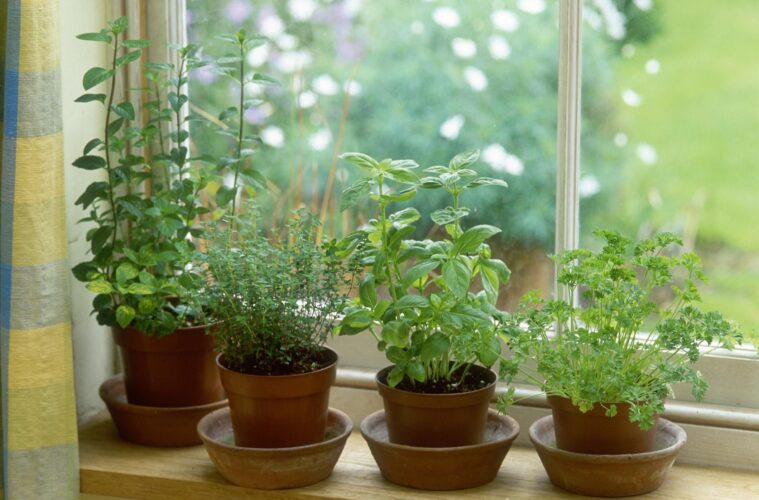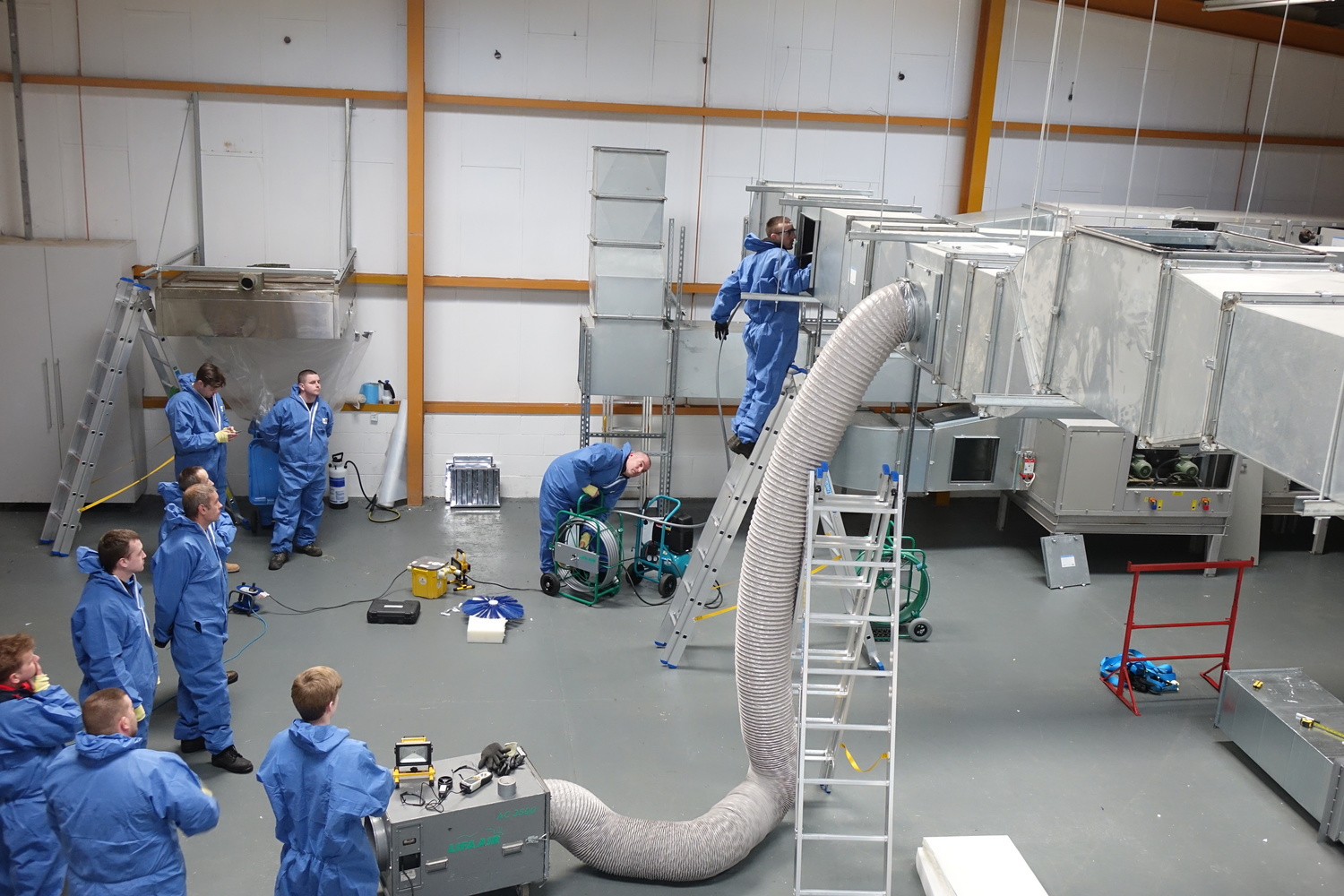Embarking on the journey of starting an indoor herb garden brings a slice of nature into your home and offers numerous benefits. It’s a sustainable way to enhance your cooking, beautify your living space, and engage in a relaxing, rewarding hobby. This comprehensive guide provides you with all the information you need to successfully start and maintain an indoor herb garden.
The Joys and Benefits of an Indoor Herb Garden
Indoor herb gardening is more than just a trend; it’s a lifestyle choice that promotes healthier living and a deeper connection with nature. Here’s why you should consider starting one:
- Culinary Delights: Fresh herbs can transform your meals, offering vibrant flavors and rich aromas that dried herbs can’t match.
- Aesthetic Appeal: Herbs like lavender and rosemary add a refreshing touch to your home decor with their unique textures and colors.
- Health and Wellness: The act of gardening itself is known to reduce stress and promote mental well-being.
- Educational Value: It’s a fantastic way to teach children about plants and responsibility.
- Sustainability: Growing your own herbs reduces the need for plastic-packaged store-bought varieties.
Selecting the Best Herbs for Your Indoor Garden
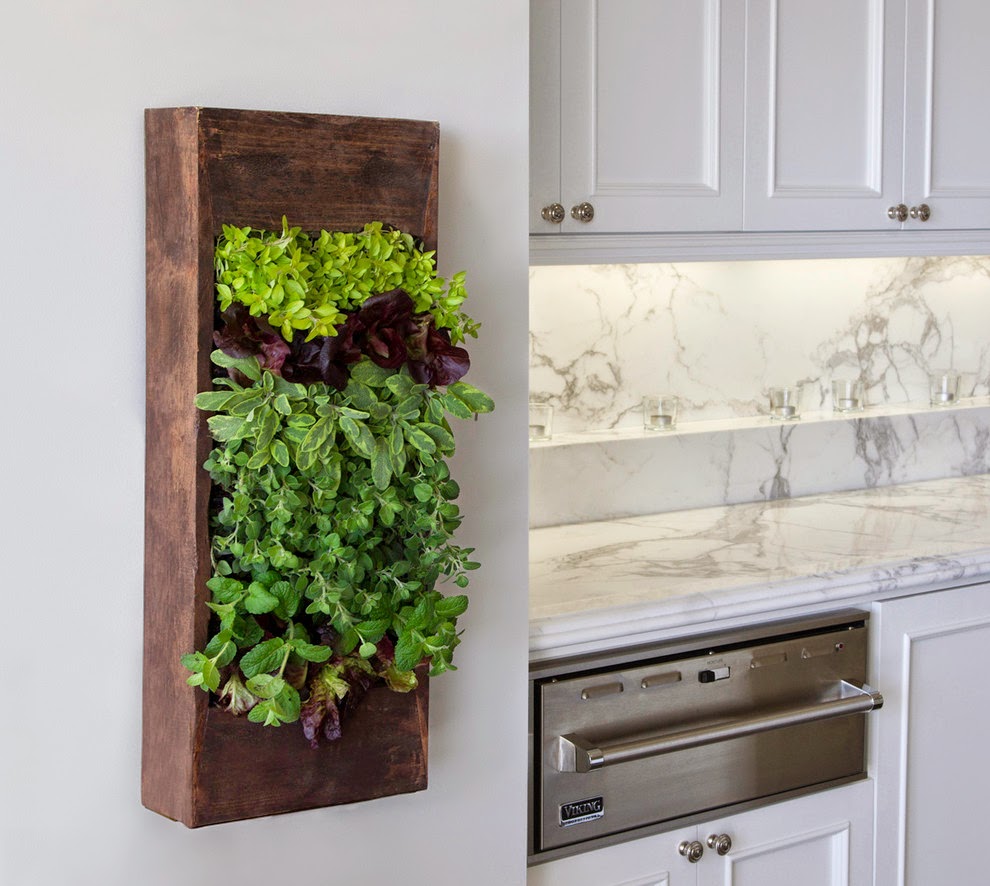
source: pinterest.com
When choosing herbs for your garden, consider their light, water, and space requirements. Here’s a more comprehensive list of herbs you can grow:
- Cilantro: Perfect for Mexican and Asian cuisines, cilantro grows quickly and is best used fresh.
- Oregano: A staple in Italian and Greek cooking, oregano thrives in well-lit conditions.
- Lemongrass: With its citrus flavor, it’s a great addition to teas and soups.
- Dill: Ideal for fish dishes and pickling, dill needs plenty of light.
- Rosemary: Its needle-like leaves are perfect for meats and breads.
Step-by-Step Guide to Setting Up Your Indoor Herb Garden
Choosing the Perfect Location
Lighting: If natural sunlight is limited, consider using indoor grow lights to provide sufficient illumination.
Humidity: Some herbs, such as mint, thrive in more humid conditions. An ideal location could be near a kitchen or bathroom window where humidity levels are higher.
Selecting Pots and Soil
Pot Size: Opt for larger pots with a diameter of at least 6-8 inches to allow for ample root growth and stability.
Soil Quality: Ensure healthy plant growth by using organic potting mixes that provide the necessary nutrients and drainage.
Planting Strategies
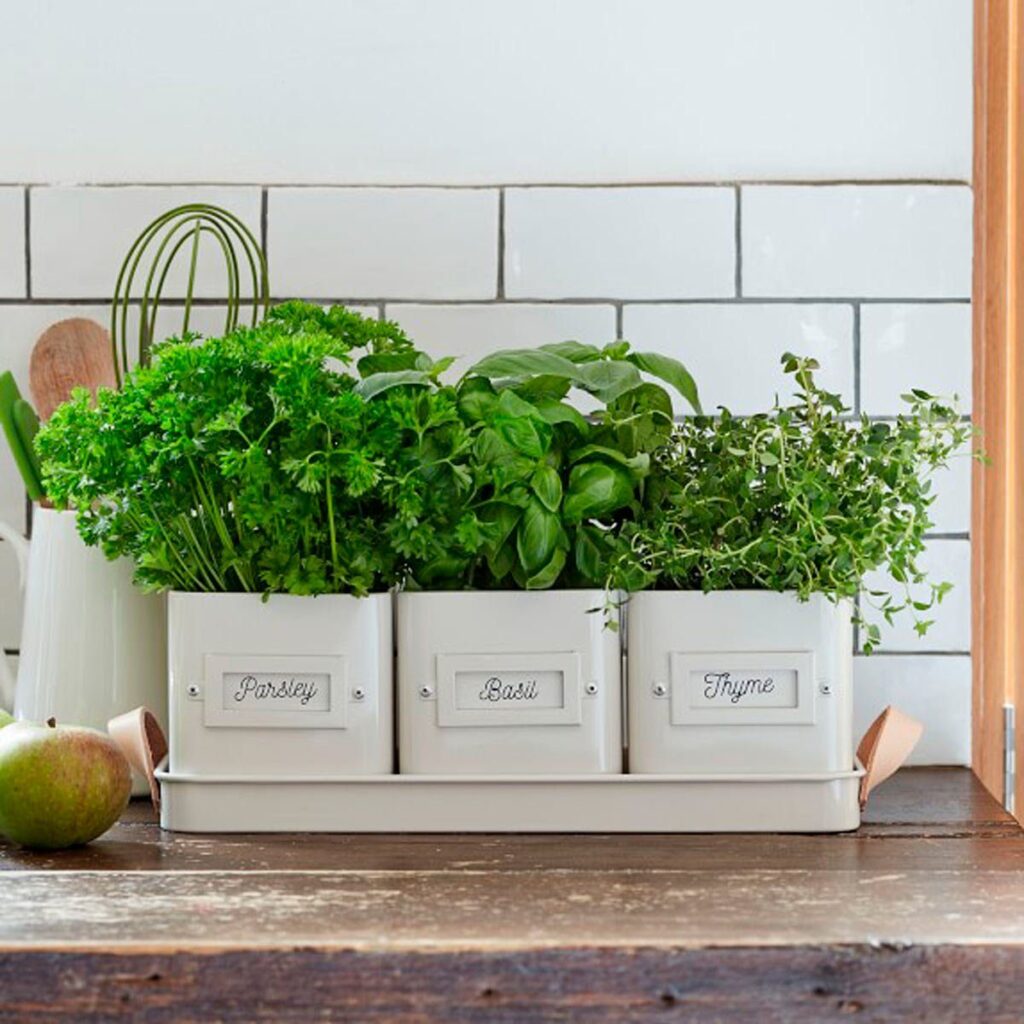
source: pinterest.com
Spacing: Give each herb adequate space to grow, avoiding overcrowding. This helps promote better air circulation and healthier growth.
Depth: Follow the recommended planting depth specified on the seed packets or for the seedlings to ensure proper germination and development.
Comprehensive Care for Your Indoor Herb Garden
Watering
- Consistency: Herbs thrive on a consistent watering schedule. Try to water them at the same time each day to maintain the ideal moisture levels for their growth.
- Method: When watering, target the base of the plants rather than wet the foliage. This practice helps prevent the development of fungal diseases and keeps the leaves dry and healthy.
Feeding Your Herbs
- Organic Options: Consider using organic fertilizers for a more natural and sustainable approach to nourishing your herbs. Organic fertilizers provide essential nutrients without the risk of chemical buildup in the soil.
- Frequency: Be cautious not to over-fertilize your herbs, as this can harm their growth. Stick to the recommended fertilization schedule provided on the product label to ensure they receive the right amount of nutrients.
Pruning for Prosperity
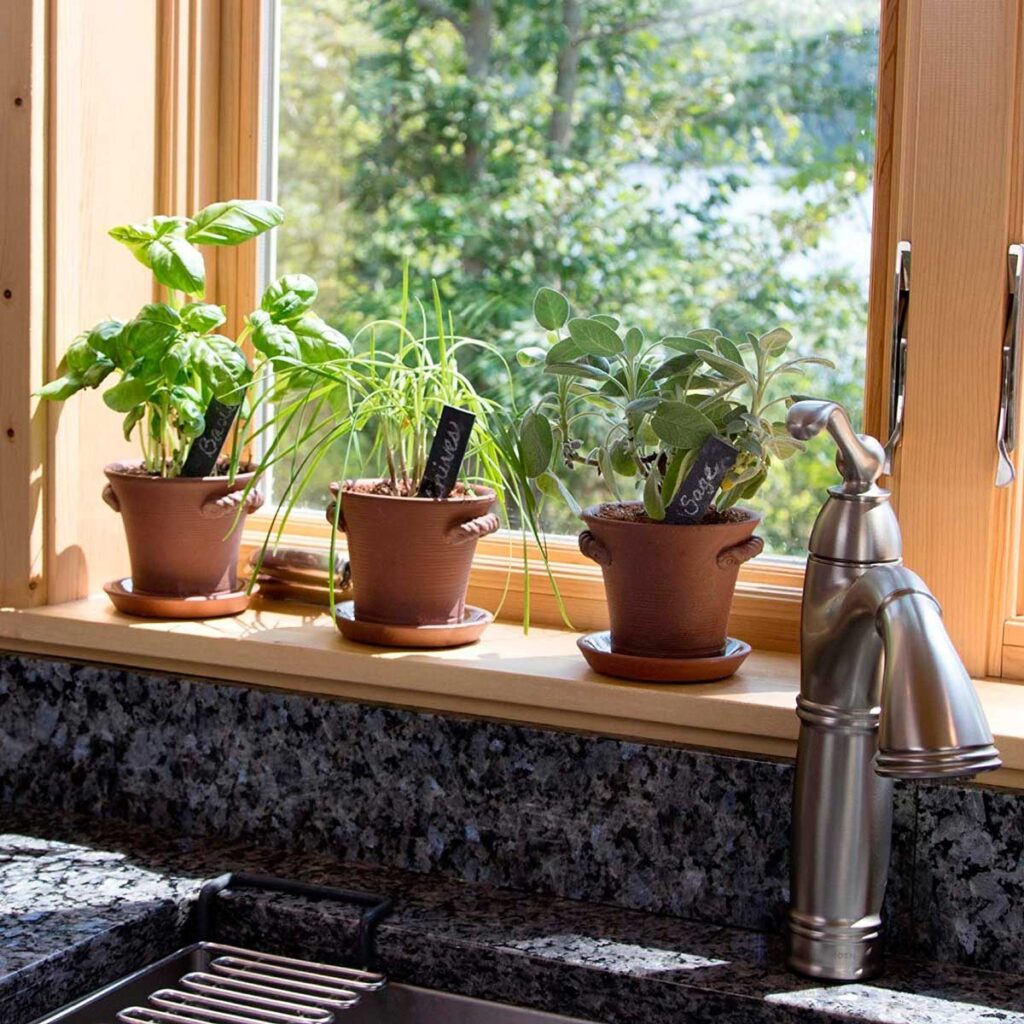
source: pinterest.com
- Encouraging Growth: Regular pruning is a key practice for maintaining your indoor herb garden. It encourages herbs to grow fuller, bushier, and more productive. By removing excess growth, you stimulate new shoots and leaves.
- Technique: Use sharp scissors or pruning shears when pruning your herbs. Make clean cuts just above a leaf node or stem junction to encourage healthy regrowth.
Troubleshooting Common Problems
Leggy Plants: If you notice your herbs stretching towards the light source, it’s a sign they may not be receiving enough illumination. Adjust their positioning to provide more direct sunlight or consider adding a supplemental grow light to ensure they receive adequate light for photosynthesis.
Yellowing Leaves: Yellowing leaves can indicate overwatering or poor drainage. Check your watering routine to ensure you’re not keeping the soil excessively wet. Additionally, ensure your pots have proper drainage holes to allow excess water to escape, preventing root rot and waterlogged soil.
Choosing the Right Containers
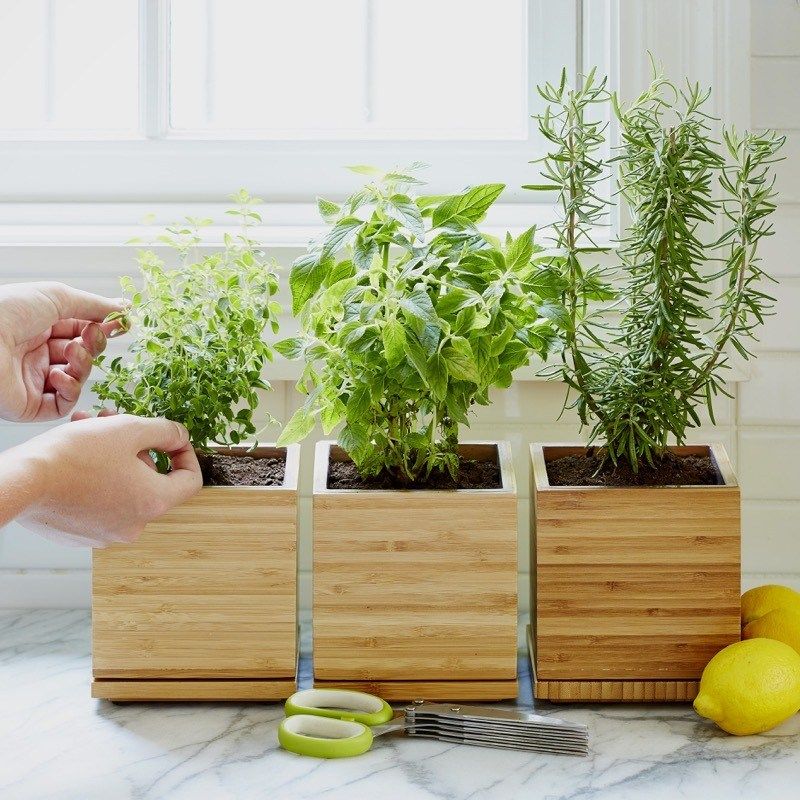
source: pinterest.com
Selecting the appropriate containers for your indoor herb garden is essential to ensure the well-being of your herbs. Here are some container options to consider:
Pots and Planters: Traditional clay pots are popular choices, but you can also opt for plastic, ceramic, or wooden containers. Ensure they have drainage holes to prevent waterlogged soil.
Hanging Baskets: Hanging herb gardens can be both functional and decorative. They save space and allow herbs to cascade gracefully. Use a well-draining potting mix and ensure the basket is securely hung.
Vertical Gardens: Vertical herb gardens are perfect for small spaces. You can install wall-mounted planters or create your own using recycled materials. Ensure the containers have adequate support to hold the soil and plants securely.
Windowsill Planters: If space is limited, windowsill planters are a great choice. They fit snugly on your windowsill and provide herbs with the sunlight they need.
Indoor Herb Garden Maintenance
Once your indoor herb garden is up and running, it’s important to maintain it properly to ensure a bountiful harvest. Here are some maintenance tips:
Harvesting: Harvest your herbs regularly to encourage new growth. Be sure to use sharp scissors or herb shears to avoid damaging the plants.
Pest Management: Keep an eye out for common indoor herb garden pests like aphids or spider mites. Use natural remedies or insecticidal soap to control infestations without harming your herbs.
Rotation: Rotate your herb pots occasionally to ensure all sides of the plants receive equal sunlight. This prevents the herbs from leaning towards the light source.
Replanting: Herbs may outgrow their containers over time. When this happens, consider transplanting them into larger pots to provide more room for root growth.
Expanding Your Herb Garden
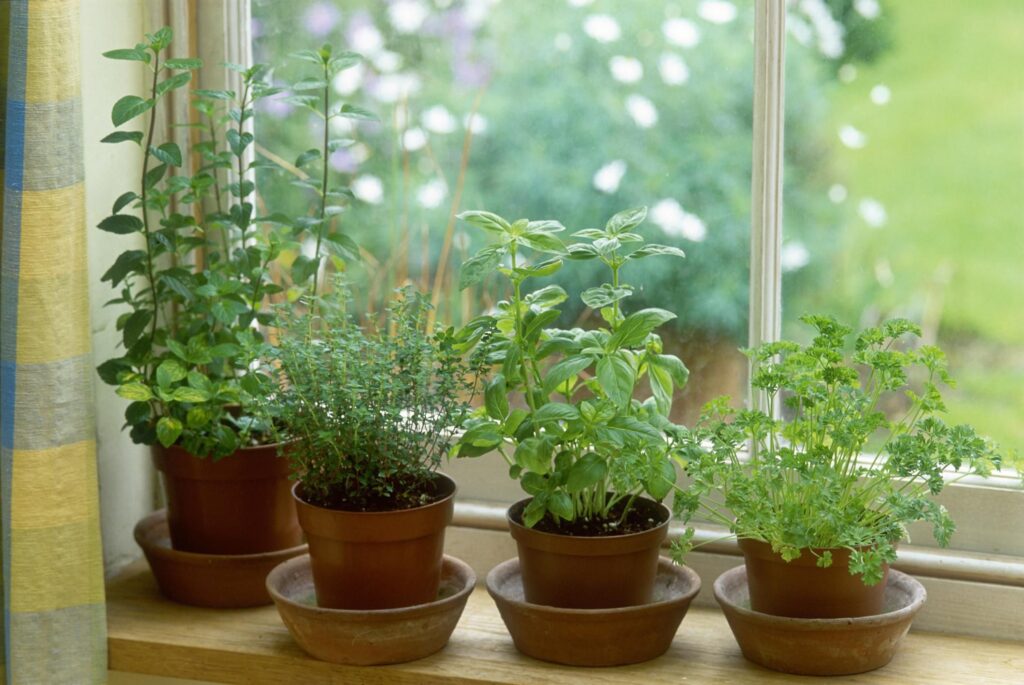
source: pinterest.com
Once you’ve mastered the basics of indoor herb gardening, you might want to explore further. Here are some ideas for expanding your herb garden:
Herb Combinations: Experiment with different herb combinations in the same container to create unique flavor profiles. For example, combine basil, oregano, and thyme for an Italian herb blend.
Herb Preservation: Learn how to preserve excess herbs by drying, freezing, or making herb-infused oils and vinegars. This ensures you can enjoy your herbs even when they’re not in season.
Advanced Herbs: As you gain experience, consider growing more challenging herbs like tarragon, saffron, or lemongrass, each with its own unique care requirements.
Herb Garden Decor: Integrate your herb garden into your home decor by placing herbs in decorative containers or using unique plant stands.

